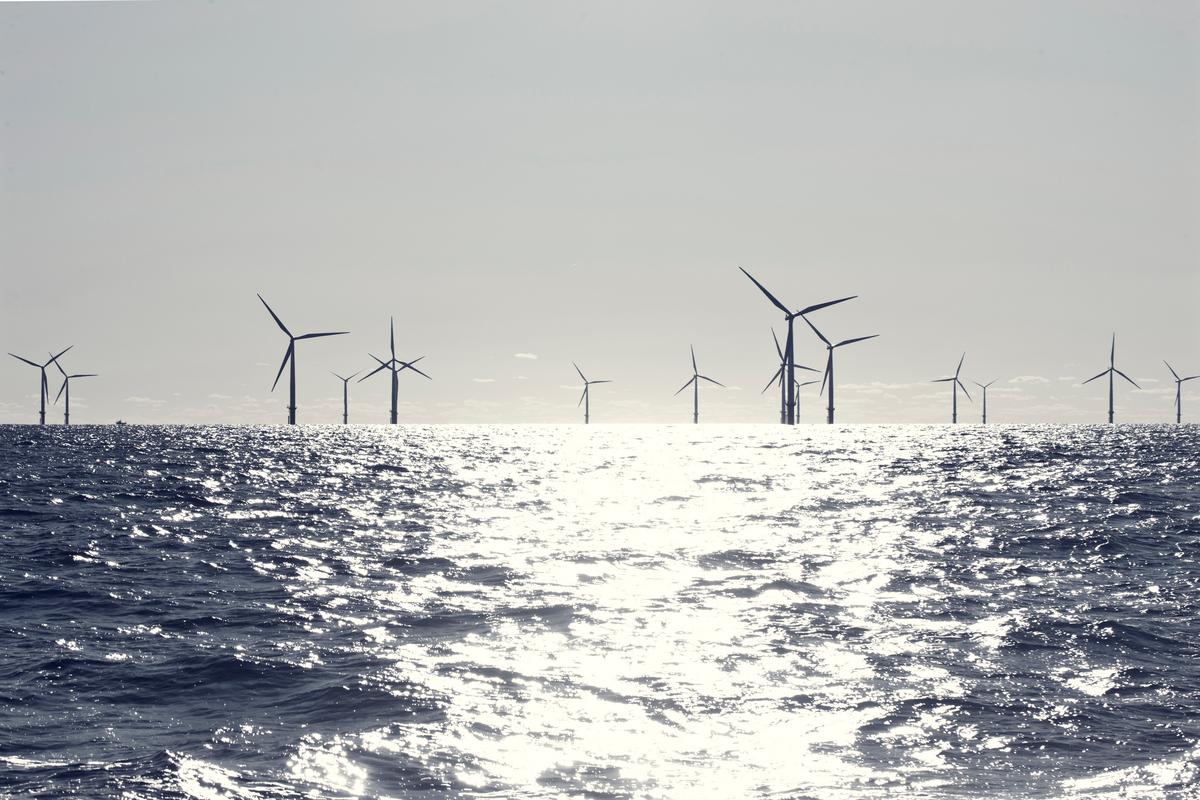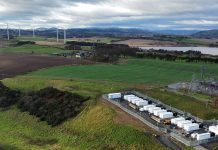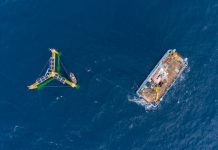RenewableUK, lobbying group for Britain’s offshore wind developers, has said an impending delay until July in approving the fourth and final stage of the 2.6GW Hornsea wind park proves UK planning processes need a major overhaul.
The government’s Planning Inspector confirmed yesterday that no approval will be granted on Hornsea 4 before 12 July. The planners were responding to a request to developers Ørsted for further information, made yesterday by the new Department of Energy Security & Net Zero.
The ministry needs assurances about the 860 square kilometre development’s likely impact on kittiwake, razorbill and guillemot populations nesting on Flamborough Head and Yorkshire’s Filey Coast.
Besides Orsted, yesterday’s letter sent on behalf D-ESNZ’s secretary of state Grant Shapps seeks advice from environmental watchdog Natural England.
Ana Musat, policy chief at RenewableUK fumed: “(This) decision to delay the Development Consent Order for Hornsea 4 is particularly disappointing as it will now take longer to meet our renewables targets.
“This landmark offshore wind project has the potential to supply an enormous 2.6 gigawatts of clean electricity to the grid”, she pointed out, “displacing expensive gas, reducing bills and boosting our energy security.
“At a time when countries like the US and the EU are doubling down on attracting clean energy investment through financial incentives and a stable policy framework, the UK cannot afford to create unnecessary hurdles for investors and developers.
“Government needs to reform our cumbersome planning system urgently to ensure that renewable energy projects are not subject to needless delays.
The wind advocate alleged that ”unclear guidance” given to planning authorities had resulted in no offshore wind project wind since 2017 has been recommended for approval by the Planning Inspectorate.
“All 6GW of these projects were delayed until the Secretary of State reviewed them to confirm approval”, Musat added.
To meet our 50GW offshore wind target, the UK will need to install 4.5GW of offshore wind a year in the latter half of this decade. A reformed planning system is essential to ensure we can stay ahead in the global race to build vital new clean energy infrastructure”.





The holdup appears to be about the potential impact on wild birds. It is well known that wind turbines, especially large ones like these at 14MW each, have the outer parts of the blades of the turbines traveling more than the speed of sound, so a consideration about how many of these birds will be killed by them, needs to be taken into account. And the wind does not blow 24/7. Would it not be better to install more tidal current turbines that do run 24/7 ie they are baseload power and don’t kill birds, and the vibration from the much smaller slow moving blades deters fish which keep out of the way.